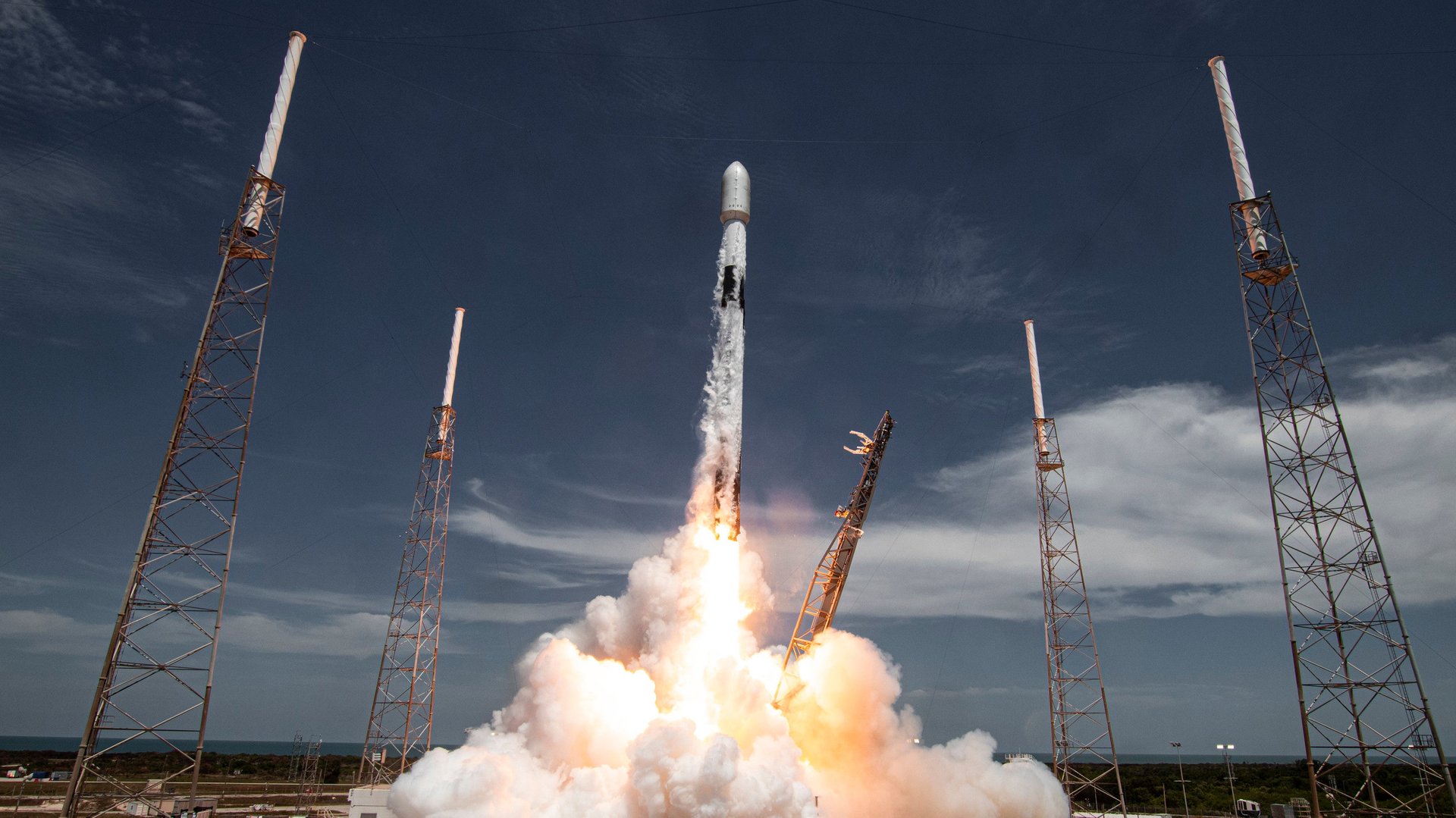How big is the US space economy?
A few weeks ago, Elon Musk responded to critics who complain about money governments and entrepreneurs invest in his beloved space activities.


A few weeks ago, Elon Musk responded to critics who complain about money governments and entrepreneurs invest in his beloved space activities.
“Is he suggesting that we just spend everything on space? No, maybe half a percent [of federal spending], something like that,” he mused at an event for his latest rocket.
NASA’s budget is currently about 0.5% of federal spending, but thanks to the hard work of economists at the Bureau of Economic Analysis, we also know that’s about how much was spent on space in 2019—$194.6 billion, or 0.5% of total gross output in the US that year, which created 354,000 jobs.
“We only spend half a percent of the economy on space and look what we have from it,” Tina Highfill, a BEA economist, says.
Highfill began tracking the space economy in 2019, working through government statistics to isolate spending on everything from satellites to astronomy classes. The first estimates, for 2012 through 2018, were released last year, and earlier this year the project added 2019 and, as importantly, adjusted the statistics for inflation.
The effort is important because most measures of space-related economic activity rely on revenues or investment, and thus suffer from double-counting, or can’t easily strip out space business from a company’s other work.
How to measure the space economy
The statistics show a space economy in transition: Manufacturing of advanced technologies like rockets and satellites grew faster than the US economy, but spending on information services hasn’t yet seen a boost from all this new infrastructure.
Highfill was able to solve a mystery in last year’s numbers: During an apparent boom in businesses building rockets and satellites, nominal spending on space-related manufacturing fell between 2012 and 2019. But after adjusting for inflation and the changing quality of the products, the statistics tell a story of innovation.
“Production was actually increasing, but prices were declining,” she says, noting that for “a million-dollar satellite in 2012 versus a million-dollar satellite in 2019, the 2019 satellite is going to do a lot more.”
Meanwhile, one of the largest space businesses, satellite TV, has seen spending fall as cord-cutting with terrestrial internet becomes a cheaper option. I’ll be watching to see if major efforts to deliver internet from space, like Starlink, OneWeb, and Kuiper, push the trend in this category around.
The rest of the growth in the sector is driven by increasing government spending, not just at NASA but also by organizations like the US Space Force.
What’s next for the BEA’s satellite space account
Next year’s budget for further work on this data isn’t set, but Highfill hopes to continue adding new years to the dataset and extend it further backward in time. She’d also like to translate these statistics on spending into measures of activity—how much money is spent on, say, space tourism or launch vehicles or Earth-observing satellites—which could make them more accessible.
While the US space economy isn’t close to the trillion-dollar space goldmine heralded by space visionaries, it’s impact is significant and growing. Between 2012 and 2019, financial service businesses increased their spending on space goods eight-fold. Other sectors like construction, retail sales, and manufacturing of all kinds grew at double-digit rates.
“Double-digit growth in gross output and value added is very unusual,” Highfill concludes.
A version of this post was originally published in Quartz’s Space Business newsletter.